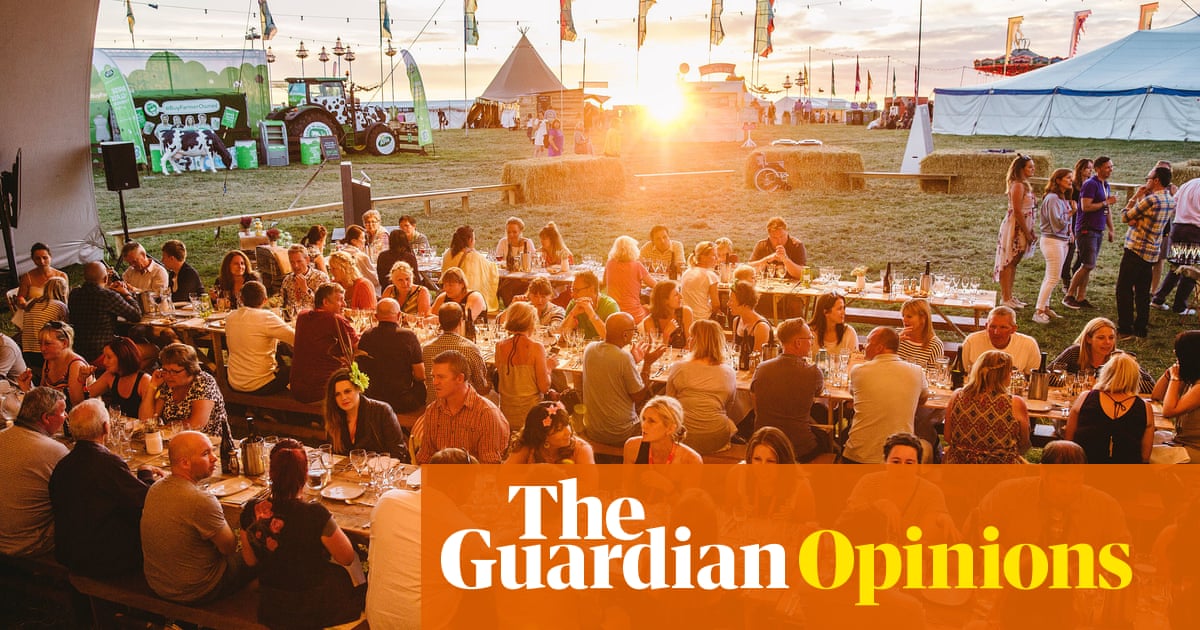
Lots of journalists have Salman Rushdie stories. He likes to talk and he is generous with his time. When I interviewed him a few years ago, we had lunch together – somewhat ironically, it seems to me now – at the restaurant at Tate Britain, a venue long since closed on account of the Rex Whistler mural on its walls (in 2020, the gallery’s ethics committee called it “unequivocally offensive”). What I remember most, though, isn’t what happened there, but the fact that when we were finished, Rushdie insisted he would rather walk with me to Pimlico underground than pile into a taxi.
I think I was surprised. One of my very first jobs as a young journalist involved attending an event where Rushdie, then still in hiding, was rumoured to be going to appear (memory tells me that he did, emerging from behind a curtain like a stage magician). But I was also amused. He didn’t – it was obvious – quite know the best way to the station and in his outsize puffer jacket he rather meekly followed me, looking about happily as he strolled. I’ve thought of those few stuccoed streets, and of him padding along them in the sunshine, seemingly without a care, every day since he was attacked. How the world turns. All the things, wonderful and ordinary, that we take for granted.
Gardener’s world
Not all childish passions endure into adulthood. But my affection for The Secret Garden, Frances Hodgson Burnett’s beloved novel of 1911, will surely never die. Even now, whenever I walk or drive across moorland, I inevitably hear the voice of its orphaned heroine, Mary Lennox, newly arrived in Yorkshire from India, asking of the mile upon mile of purple-brown she can see from the window of her carriage: “It’s not the sea, is it?” (No, it’s not the sea, but it is, to the human eye, every bit as vast and wild and beautiful.)
The cover of my old Puffin edition doesn’t feature in an exhibition celebrating the novel at the Garden Museum in Lambeth, south London. But never mind. Illustrations by Charles Robinson (1911), EH Shepard (1956) and Inga Moore (2007) are all on display, as well as several first editions of the book.
And to whom could these exquisite volumes possibly belong? You might well ask. On the day I visited, there were audible gasps in the gallery as two extremely hip-looking young women nearby read the name of the lender. “Alan Titchmarsh!” one said to the other, in a voice that might – I’m only guessing – have been a touch sarcastic in any other circumstance.
Painfully well read
Reading is my oldest habit, which is just as well given that I’m one of the judges of this year’s Baillie Gifford prize for nonfiction. If ingesting so many books so quickly is exhilarating, it’s also, at moments, arduous; hopefully, my years of training are about to pay off.
I read as I water the garden and wait for the kettle to boil. I read on the bus and the tube and at every pedestrian crossing.
What thoughts occur as I pick up, and put down, each title? All I can tell you is that the difference between a good book and a great one is both inexplicably small and ineffably vast – and that a cartoon I saw the other day in which a man headed to his book group in full armour and carrying a sword made me shudder more than it made me smile.












